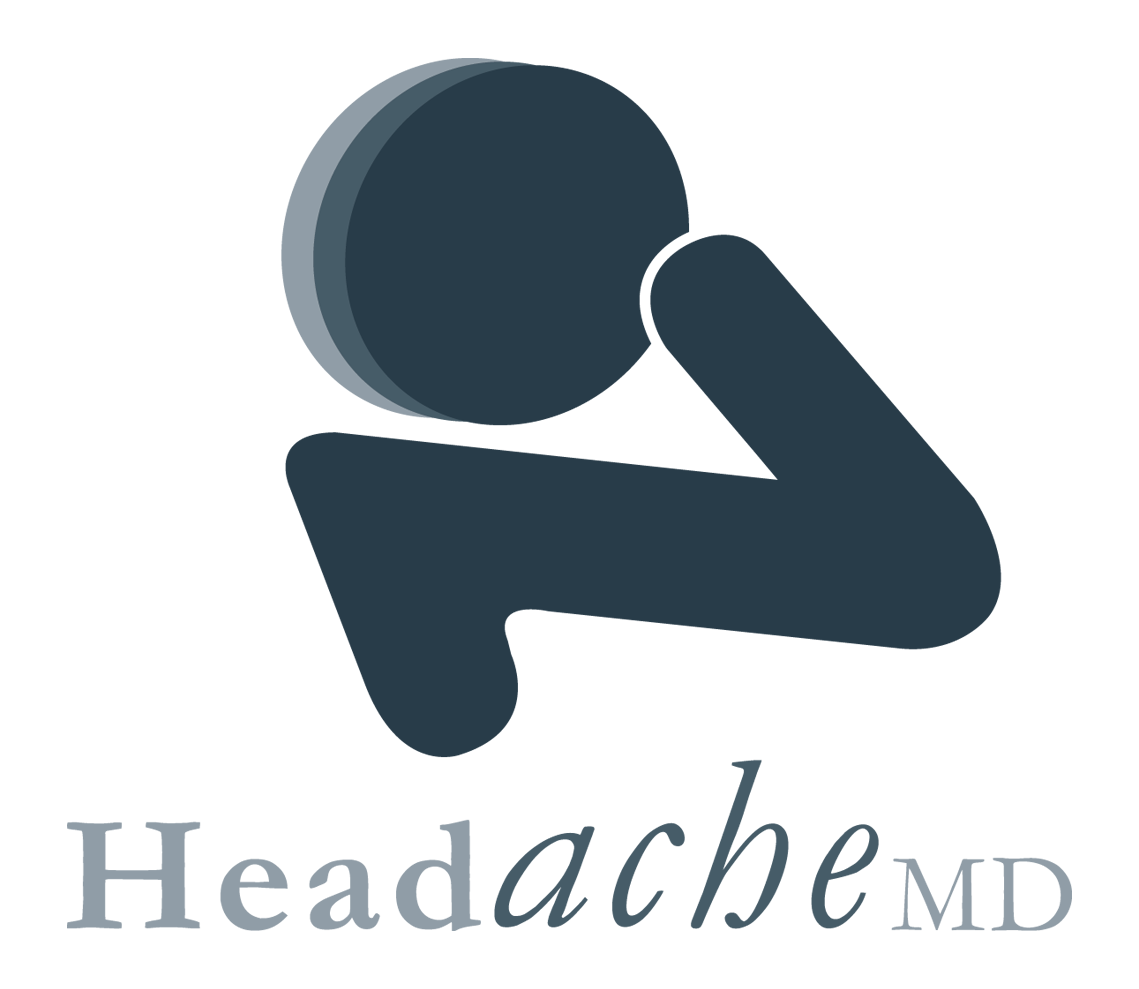Have you noticed that many of your migraine headache attacks are related to weather conditions? This is not surprising – in a National Headache Foundation survey, 3 out of 4 respondents reported weather as one of their migraine triggers. Fortunately, while the weather is something that no ordinary mortal can control, you can still control the coping mechanisms.
What Are the Weather Triggers?
As with most aspects of migraine headaches, there are no two individuals who experience the same set of weather triggers, or the same response in terms of frequency, duration and severity of the symptoms. The most common weather triggers for migraines, nonetheless, are:
- Changes in temperature either colder or hotter
- Changes in humidity
- Changes in barometric pressure
- Changes in altitude
- Extremely dry conditions
- Extreme heat or cold
- Storms
- High winds
For example, your migraine may be triggered by extreme heat or cold conditions, but not by storms. Not to mention, the severity and duration of your symptoms may be different under these extreme weather conditions.
Why Are These Triggers for Migraine Headaches?
Like many aspects of headaches in general and migraines in particular, many of the mysteries of these disorders have yet to be unravelled even with the dedicated efforts of scientists. Many theories abound about the connection between weather and migraine with theories ranging from genetics to neurovascular responses and imbalances in the brain.
For example, one theory states that the migraine attack is a protective mechanism initiated by the brain against stressors in the environment. When you feel a headache coming on upon your exposure to the environmental stressor, you will seek a more hospitable environment to lessen its impact. This theory does have credence since headaches are invoked when the weather is too hot or too cold.
What To Do Against These Triggers?
As with effective pain management for all types of headaches, your first step should be to keep a headache diary. In this journal, you should record any prodromal (i.e., before an attack) signs of your headaches, such as irritability, excitability, and frequent yawning, even mild depression.
Write down any of your observations about the weather – the temperature, humidity, and altitude, if possible, and their probable relation to your headache attacks. Write down the details of your headache attacks as well. This includes your pain symptoms (i.e., onset, duration, frequency, severity, and patterns), your treatments adopted and their effects, and your possible other triggers like food and beverages.
Be as detailed as possible so that you and your doctor can map out the best methods of prevention and avoidance of your triggers. You and your healthcare provider will adopt a trial-and-error method to find your actual set of triggers, and then your effective coping mechanism such as avoidance of your weather triggers (e.g., transferring to a cool room during extremely hot weather).
In the end, you must not let migraine headaches control your life! Work with your doctor in finding and adopting the best preventive and treatment methods including medications, lifestyle changes, and nutrition plans, even non-drug alternative treatments like acupuncture, massage, and biofeedback.
As with effective pain management for all types of headaches, your first step should be to keep a headache diary. In this journal, you should record any prodromal (i.e., before an attack) signs of your headaches, such as irritability, excitability, and frequent yawning, even mild depression.
Write down any of your observations about the weather – the temperature, humidity, and altitude, if possible, and their probable relation to your headache attacks. Write down the details of your headache attacks as well. This includes your pain symptoms (i.e., onset, duration, frequency, severity, and patterns), your treatments adopted and their effects, and your possible other triggers like food and beverages.
Be as detailed as possible so that you and your doctor can map out the best methods of prevention and avoidance of your triggers. You and your healthcare provider will adopt a trial-and-error method to find your actual set of triggers, and then your effective coping mechanism such as avoidance of your weather triggers (e.g., transferring to a cool room during extremely hot weather).
In the end, you must not let migraines to control your life! Work with your doctor in finding and adopting the best preventive and treatment methods including medications, lifestyle changes, and nutrition plans, even non-drug alternative treatments like acupuncture, massage, and biofeedback.
